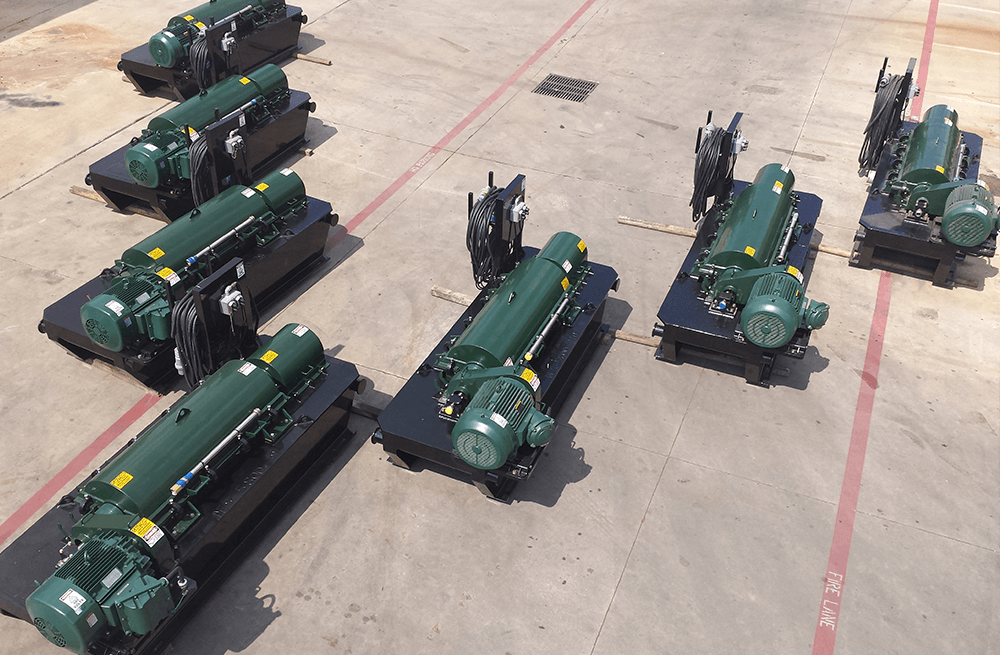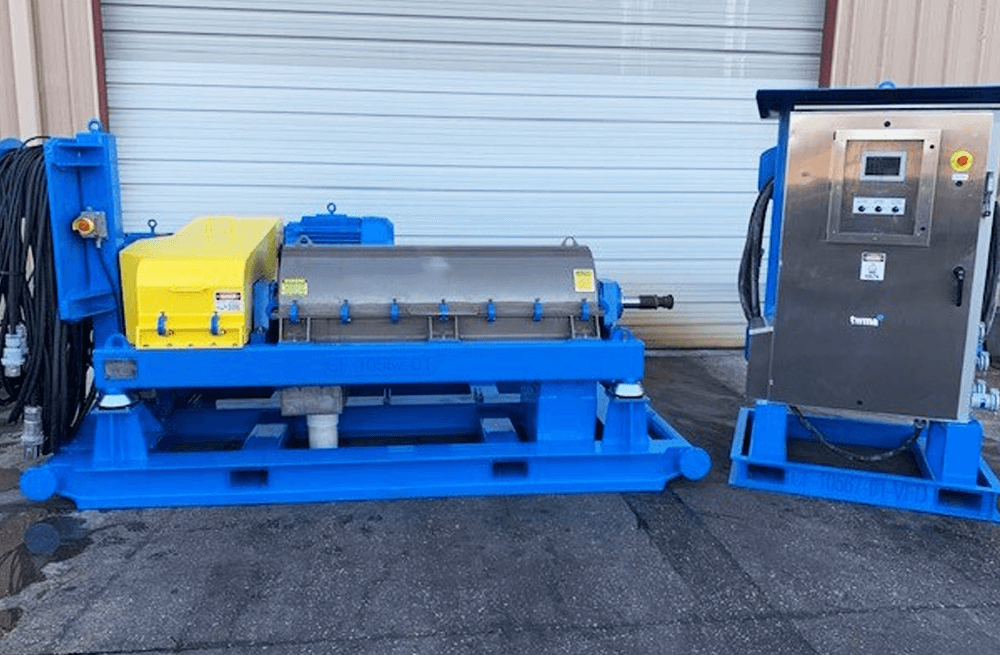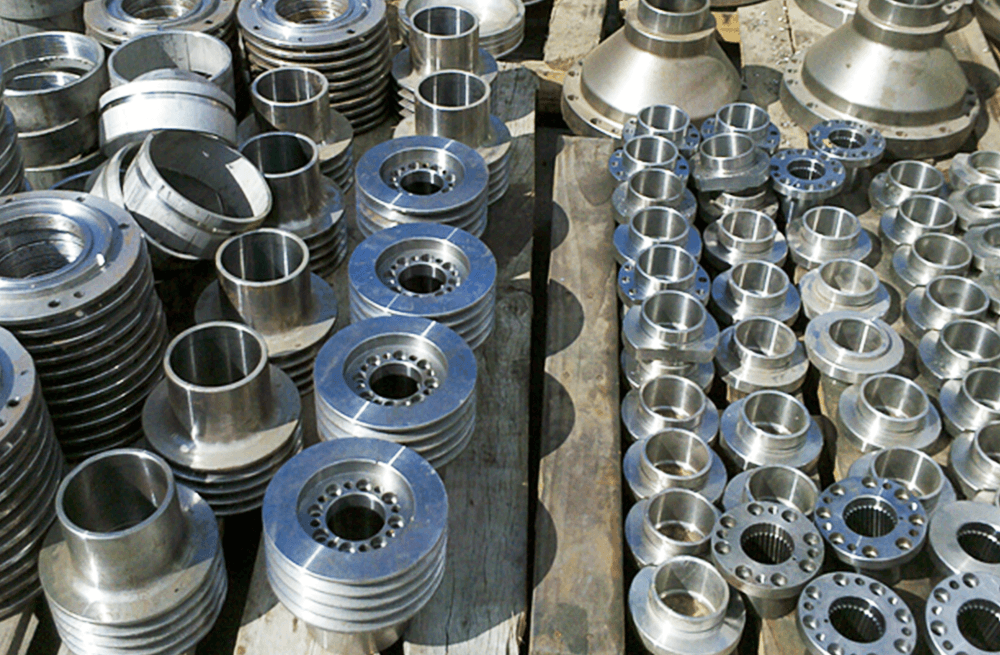
WHO WE ARE
High-quality horizontal decanter centrifuges
Vision Machine Inc. specializes in the production and repair of horizontal decanter centrifuges and has been doing so since 2004. Our centrifuges are versatile and come in a range of sizes: Type 1 (18×50 machine), Type 2 (14×48 machine), Type 3 (16-1/2×55 machine), and can adjust to many types of processes and materials. Our centrifuges are easy to operate and require minimal resources. Providing an effective, low maintenance separation system solution. Our sales team can help in providing low cost and effective solutions, from the upgrade and redesign of used equipment to the repairing of basic bearings, seals, and balancing. Vision Machine Inc. can also fully re-manufacture centrifuges to brand new condition.
Learn More High-quality horizontal decanter centrifuges



services
Decanter Centrifuge Services
At Vision Machine Inc., we offer a comprehensive suite of services to meet your decanter centrifuge needs. Discover our key services below.
At Vision Machine Inc., we offer a comprehensive suite of services to meet your decanter centrifuge needs. Discover our key services below.

Decanter Centrifuge
Manufacturing
From a Series 10 to Series 24 (10" up to 24" bowl diameter), Vision Machine manufactures a full line of decanter centrifuges and can adapt to virtually all types of processes and materials.
Learn More Decanter CentrifugeManufacturing

Decanter Centrifuge
Repair
Our horizontal centrifuge repair services are thorough, fast, and comprehensive. Every step of our operation brings years of valuable experience. Vision Machine repairs most make and models of centrifuges.
Learn More Decanter CentrifugeRepair

Decanter Centrifuge
Parts
We stock a variety of consumables and wear components for various manufacturers including, but not limited to, bearings, seals, gearbox components, and plows.
Learn More Decanter CentrifugeParts





